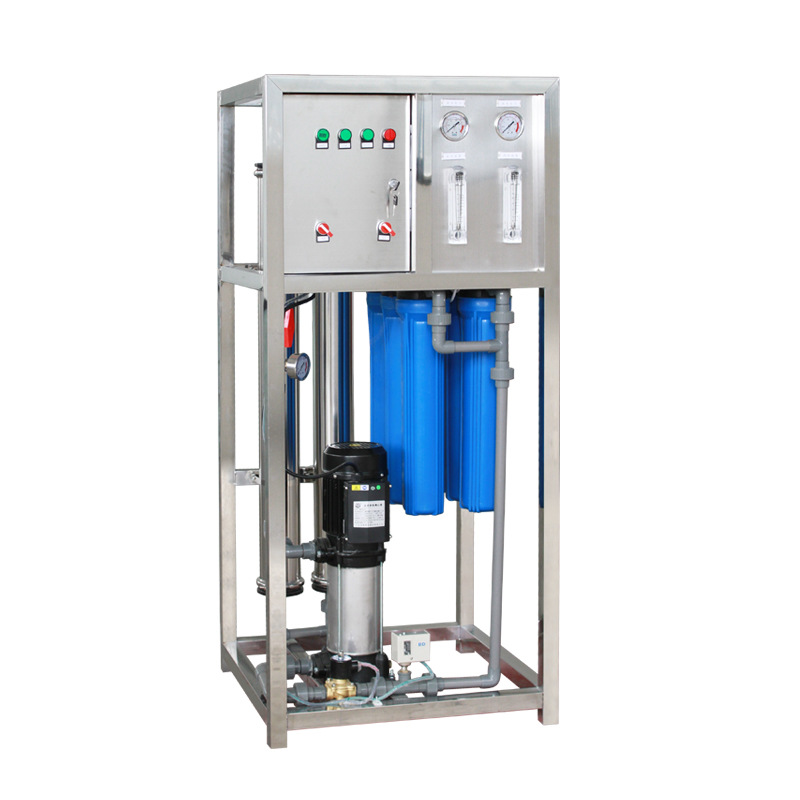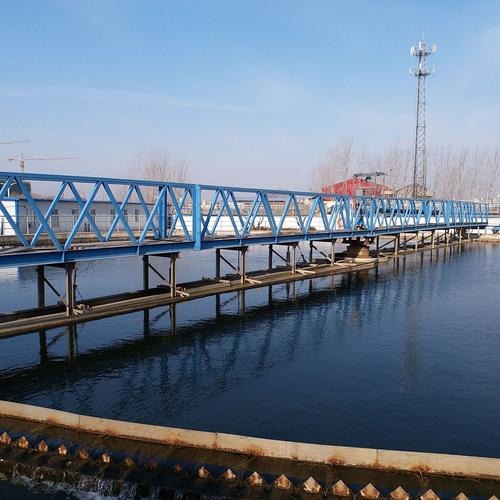The carbon source used in water treatment is generally considered to be a carbon-containing element that is easily utilized by microorganisms and promotes the growth of microorganisms. It is a carbon-containing organic matter with a short carbon chain and a simple molecular structure. For example: monosaccharides, polysaccharides, oils and fats, organic acids, esters and small molecule alcohols. In the process of microbial degradation of organic matter, the differences in key enzymes and intermediates and the different microorganisms act on them, that is, different carbon sources have different biological pathways for degradation. In the process of carbon source being decomposed by microorganisms, that is, the energy synthesized by cells to maintain the life activities and growth metabolism of cells is provided by carbon source. Carbon source can be considered as the energy supplier required for cell life activities and the framework formed by microbial flocs.
What types of water treatment carbon source are there?
Organic carbon source: Mainly includes ethanol, methanol, glucose, acetic acid, citric acid, glycerol, etc. These organic substances are easily decomposed and utilized by microorganisms, providing them with necessary carbon and energy. For example, glucose is often used as the main energy substance for microbial growth and metabolism due to its high nutritional value and easy availability.
Inorganic carbon source: Mainly includes inorganic compounds such as carbonates. Inorganic carbon sources are characterized by high stability and durability.
Biological carbon source: Mainly produced by microbial metabolism, such as carbon dioxide produced by microbial respiration. The biological carbon source content is low, but it has good degradability and the characteristics of rapid release of carbon source. It is usually used as an auxiliary carbon source or supplementary carbon source.
Composite carbon source: It is a general term for a mixture of various carbon sources, which is composed of two or more effective carbon source components. Composite carbon sources have the advantages of high efficiency, diversity and environmental protection. They can be quickly utilized by microorganisms, improve sewage treatment efficiency, and reduce treatment costs. Common composite carbon sources includeSmall molecule acids, sugars, think tank chain alcohols and other ingredients.
The role of carbon sources in wastewater treatment?
1)Synthesis of cellular substances: Carbon source is the raw material for microorganisms to synthesize cellular substances (such as proteins, nucleic acids, etc.).
Promote pollutant removal: During the biological treatment process, the carbon source acts as an electron donor, participates in redox reactions, and promotes the transformation and removal of pollutants.
2) The use of carbon sources in sewage treatment plants is mainly divided into providing the main nutrients for the reproduction of microbial synthesis, electron donors for denitrification, and biological phosphorus removal to assist the release of phosphate-accumulating bacteria. It can also be said that carbon source is one of the most important raw materials for maintaining microbial growth in sewage treatment plants.
3)Provide energy and nutrition: Carbon source is the main source of nutrition for the growth and reproduction of microorganisms. By decomposing and utilizing carbon source, microorganisms obtain energy, maintain their life activities and promote the removal of pollutants.
4)High Efficiency: The composite carbon source can be quickly utilized by microorganisms, improving the efficiency of sewage treatment, saving the use of carbon source and reducing treatment costs.
How to choose Carbon source?
Commonly used carbon sources on the market include: methanol, acetic acid, sodium acetate, flour, glucose, biomass carbon sources and sludge hydrolysis supernatant, etc. During use, it is necessary to select a suitable carbon source according to the actual project situation.
1. Methanol
Methanol as an external carbon source has the advantages of low operating costs and small sludge production. When methanol carbon source is insufficient, nitrite accumulation occurs.
2. Sodium acetate
The advantage of sodium acetate is that it can respond to the denitrification process immediately and can be used as an emergency treatment in water plants. Because sodium acetate is a small molecule organic acid salt, it is easy for denitrifying bacteria to use it and has the best denitrification effect.
3. Acetic acid
As a carbon source, acetic acid is similar to sodium acetate. However, as an industrial product, it is indeed a waste to use it as a carbon source.
4. Sugar
Sugar substances represented by glucose as an external carbon source have a good denitrification effect. However, as a multi-molecular compound, sugars are prone to cause massive bacterial reproduction, leading to sludge swelling, increasing the COD value in the effluent, and affecting the effluent water quality. At the same time, compared with alcohol carbon sources, sugar substances are more likely to produce nitrite nitrogen accumulation.
5. Biomass carbon source
With the increasing requirements for sewage denitrification, new companies specializing in the production of carbon sources have emerged. They use bioengineering principles to ferment some sugars and agricultural waste to produce non-toxic and harmless biological products, the main components of which are small molecule organic acids, alcohols, and sugars. They are easier to be used by microorganisms than single chemicals, and their use cost is cheaper than single chemicals, with a very high cost-effectiveness.
6. Sludge hydrolysis supernatant
The biotransformation volatile acid VFA comes from the supernatant of sludge hydrolysis. Since the VFA produced by hydrolysis has a very high denitrification rate, the carbon source can be directly provided by the sewage treatment plant. While reducing the sludge volume, it also reduces the problem of carbon source transportation. Therefore, it is currently a more advantageous carbon source.


生化膜反应器12-scaled.jpg)



